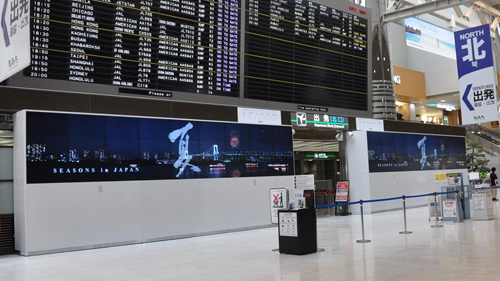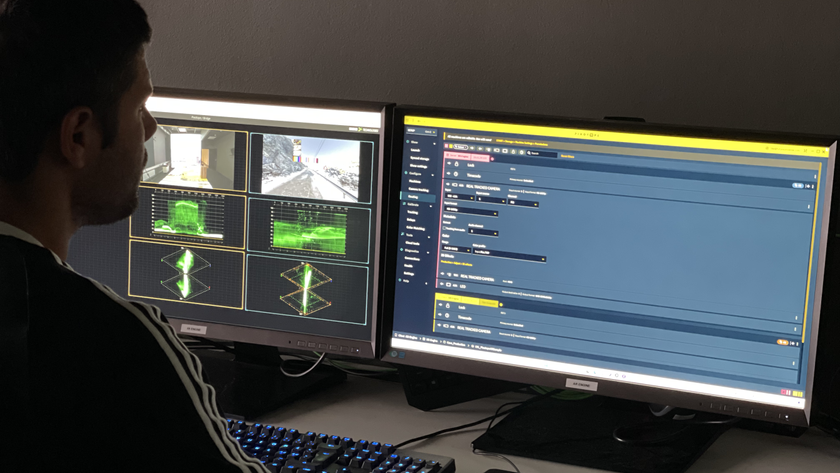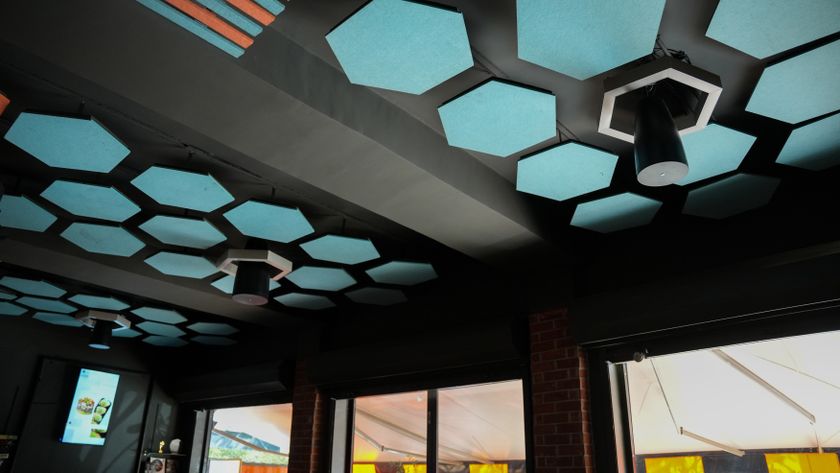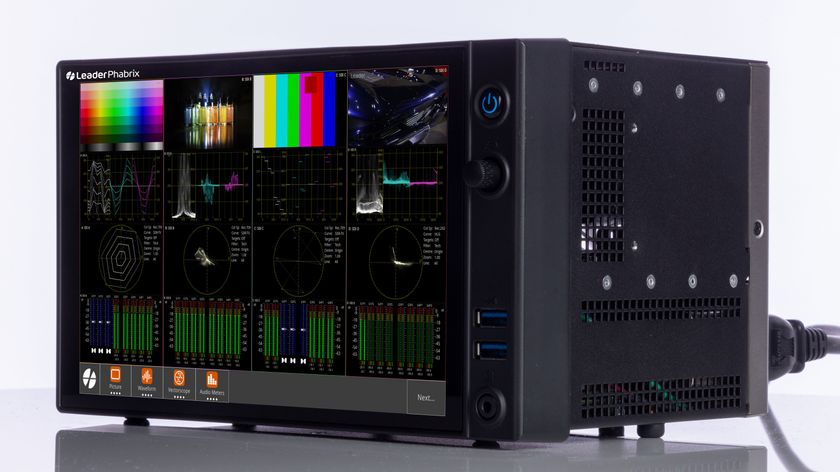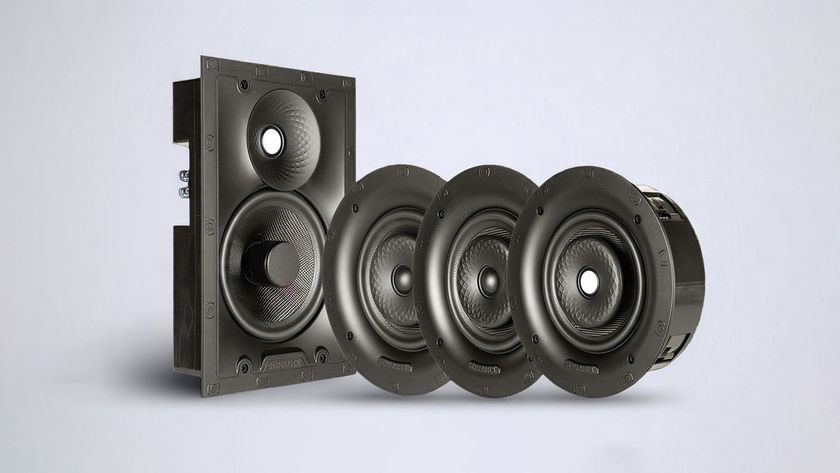DESIGNING TO MEET ADA COMPLIANCE HAS BENEFITS EVEN WHEN NOT REQUIRED

“We see [assistive listening systems] as a win for the client to improve communication, a win for the consultant to inform and be viewed as an expert, and a win for the integrator to remind their clients of the tax benefits,” said Cory Schaeffer of Listen Technologies, speaking of projects such as the Gates Corporation building in Denver, CO (pictured). Should your corporate boardroom AV installation design comply with federal regulations for assistive listening devices?
Integrators should already be aware of the assistive listening requirements that impact newly constructed or altered government facilities, public accommodations, and commercial facilities under the Americans with Disabilities Act (ADA) Standards for Accessible Design revised as of March 15, 2012.
But for integrators whose client lists include private corporations, determining if that new corporate boardroom AV job qualifies as a commercial facility can be tricky.
A building may contain both commercial facilities and places of public accommodation, and if it’s a commercial for-profit, nonreligious entity, then the overall facility is required to comply with the ADA guidelines, according to Cory Schaeffer, vice president of business development and co-founder of Listen Technologies.
However, if the boardroom in such a facility is only used by employees, then it likely wouldn’t fall under assistive listening requirements, because it would be an employee work area—classified as all or any portion of a space used only by employees and used only for work.
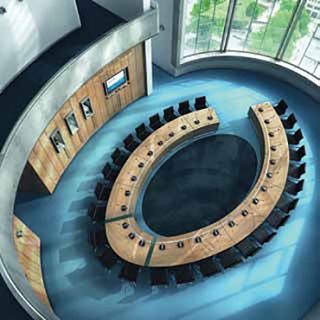
“Even if ALS systems are not a requirement in some facilities, they may help ensure clarity and intelligibility in business communications, thereby promoting workplace efficiency,” said Sennheiser’s Vanessa Jensen. “Assistive listening systems are required in all spaces that have an installed P.A. system, that the public has use of, and speech is the primary use,” said Tony Strong, national sales manager at Williams Sound. “Most of the time, corporate boardrooms will be exempt from the ADA requirements because they don’t reach all three criteria.”
Although many typical corporate boardrooms may be exempt from meeting ADA requirements for assistive listening, installing these systems can not only protect your client in the event use of the room changes, but can also provide benefits they may not have considered.
“It is estimated that more than 40 million Americans currently have some degree of hearing loss, and this number is expected to grow,” said Vanessa Jensen, senior product specialist of integrated systems at Sennheiser Electronic Corporation. “Even if ALS systems are not a requirement in some facilities, they may help ensure clarity and intelligibility in business communications, thereby promoting workplace efficiency. Furthermore, as corporations and business marketplaces become increasingly globalized, ALS systems may also be used for language interpretation.”
Assistive listening systems bring audio directly to the intended audience’s ears, eliminating acoustical problems such as reverberation. A number of solutions are available for integrators that use infrared, RF, or induction loop transmission. Understanding the needs of the facility will help determine the best solution.
Infrared systems, for example, can offer a higher degree of privacy than RF systems, because those signals won’t bleed through floors and walls. Induction loop systems will allow persons with t-coil equipped hearing aids to access a signal remotely without plugging into a receiver, making it seamless for employees and leadership who prefer to be discrete.
When an integrator considers a client’s values and needs, it’s likely that every project includes some requirement for collaboration and improved communication, noted Schaeffer. “People with hearing loss struggle to participate in meetings with telepresense and collaboration systems,” she continued. “It isn’t about ‘just get a hearing aid and you’ll be fine.’ Hearing aids are a great tool in quiet environments; however, because they amplify all sounds, people with hearing loss in meeting rooms with amplified sound need additional technology.”
In addition to the direct sounds of the human voice, other ambient sounds such as air systems and paper shuffling can make it difficult for persons with hearing aids to understand what is being communicated.
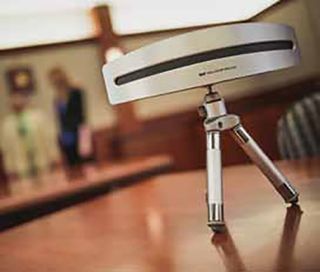
Williams Sounds’s WIR TX75 PRO infrared transmitter ensures participants in conference rooms, courtrooms, classrooms, or other mid-sized venues receive direct, clear communication, and is designed to maximize coverage area up to 5,000 square feet in single-channel mode. “A key for everyone to communicate well is to understand,” said Schaeffer. “People with hearing loss need not only louder sound, but they need direct sound to their ears while being isolated from the ambient room sounds.
According to Strong, the same reasons why assistive listening systems are used in federal spaces and international media spaces can help businesses when communication and language barriers are paramount.
“If you’re in the U.S. and talking to Argentina, how are you going to facilitate understanding across the language barrier among the participants?” said Strong. “You can have an interpreter on site or remotely helping so the volume goes to the interpreter, while the participants can watch real-time facial and body gestures while hearing the words translated.”
There may be other benefits to including assistive listening systems in boardroom designs beyond fulfilling legal requirements and enhancing understanding in the corporate setting, such as tax credits and deductions.
“We see [assistive listening systems] as a win for the client to improve communication, a win for the consultant to inform and be viewed as an expert, and a win for the integrator to remind their clients of the tax benefits,” said Schaeffer.
As every situation has unique qualities, integrators should consult ADA requirements for each job, and always be aware of local guidelines and restrictions.
Jim Beaugez , APR (jimbeaugez@gmail.com; @JimBeaugez) is a freelance writer and accredited communications professional with a decade of experience in the MI and pro audio industries.
